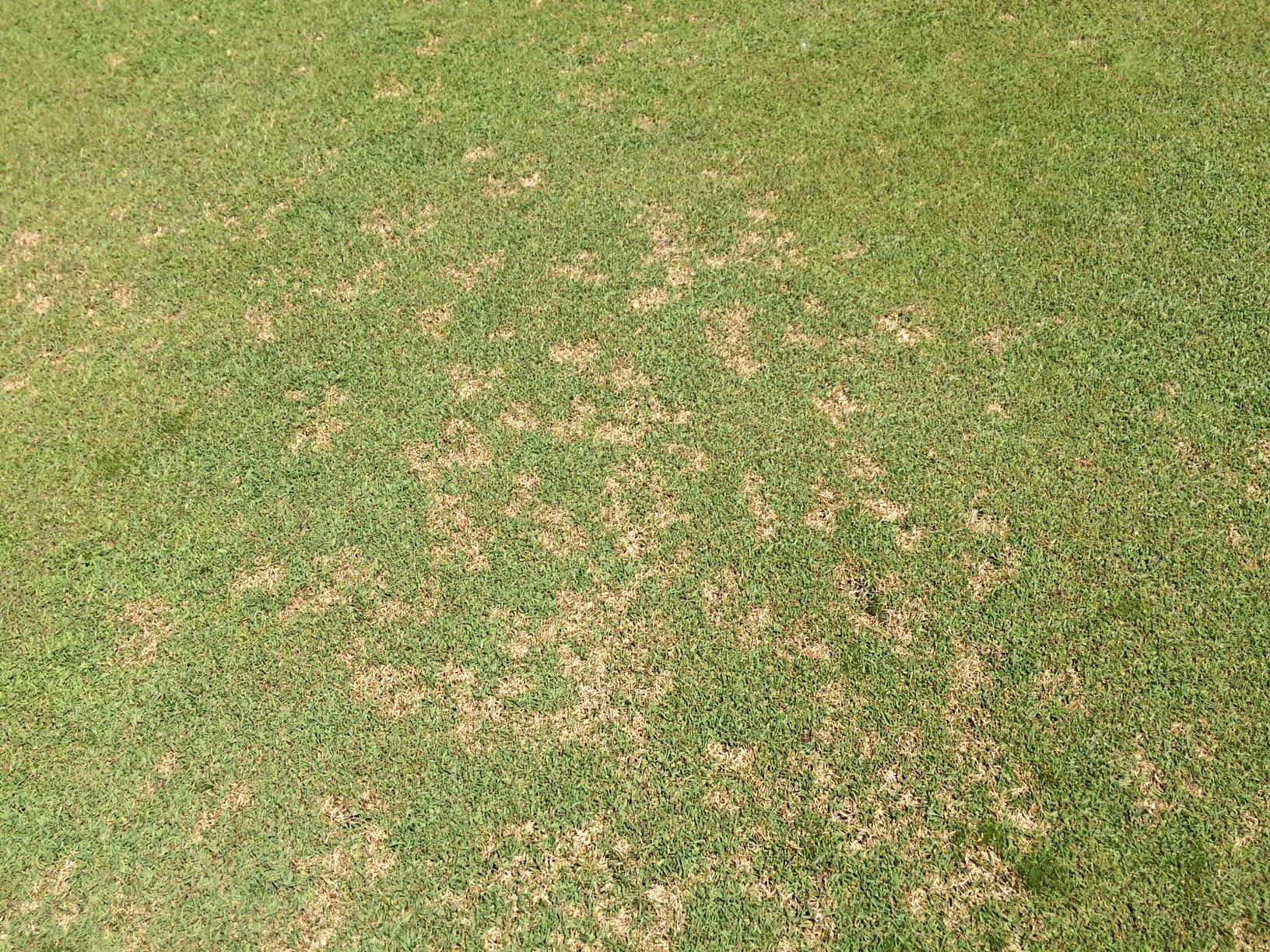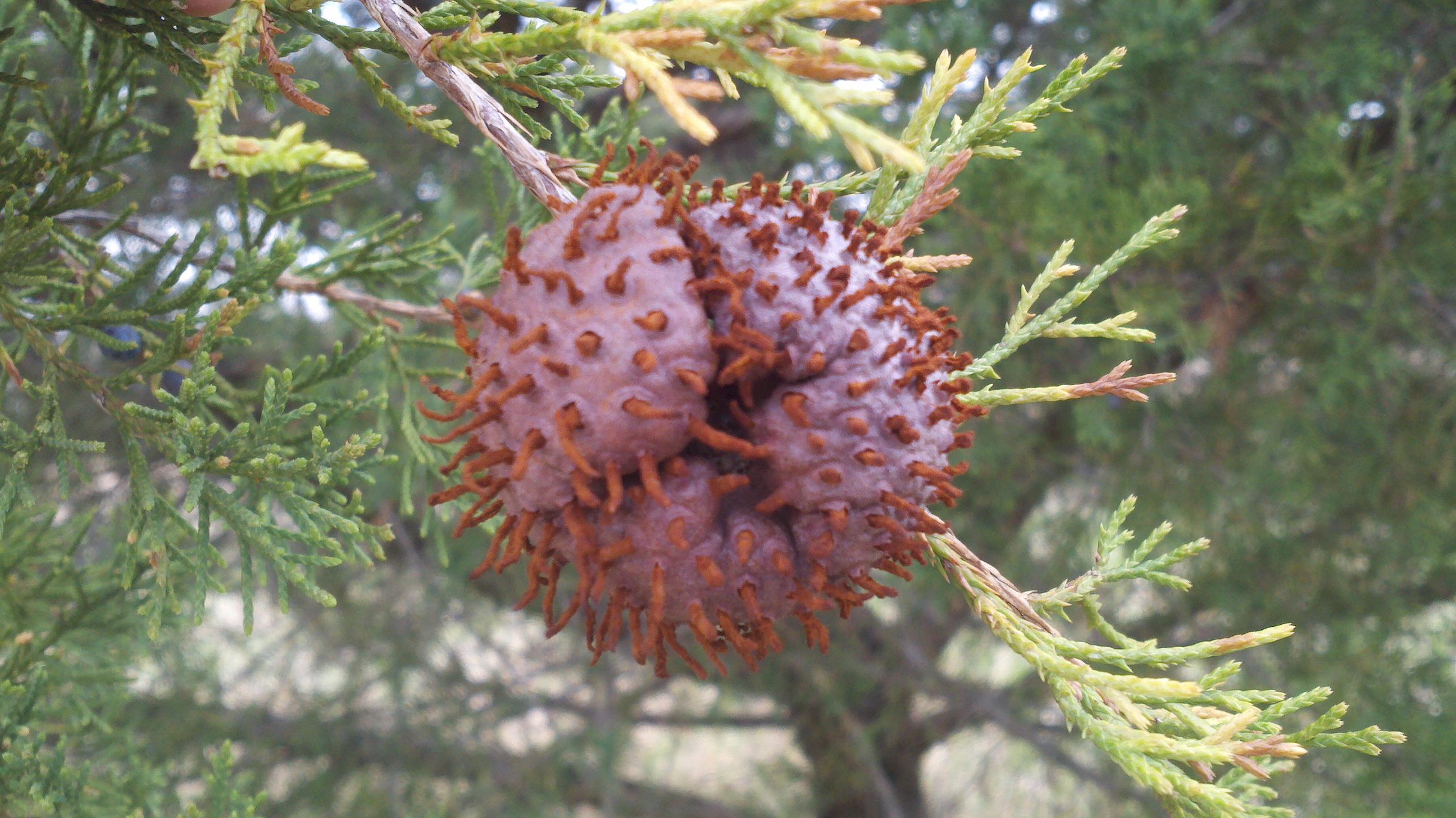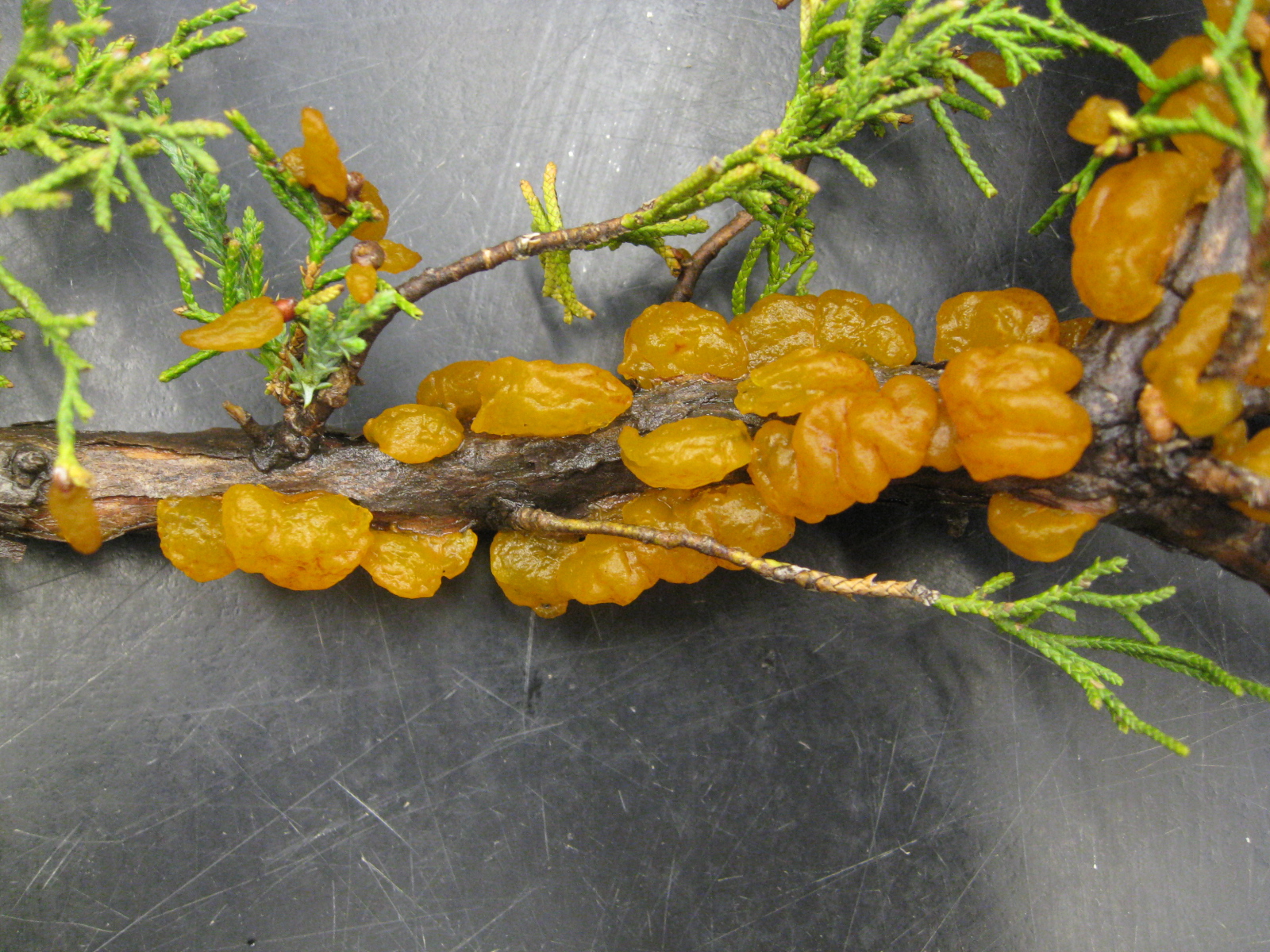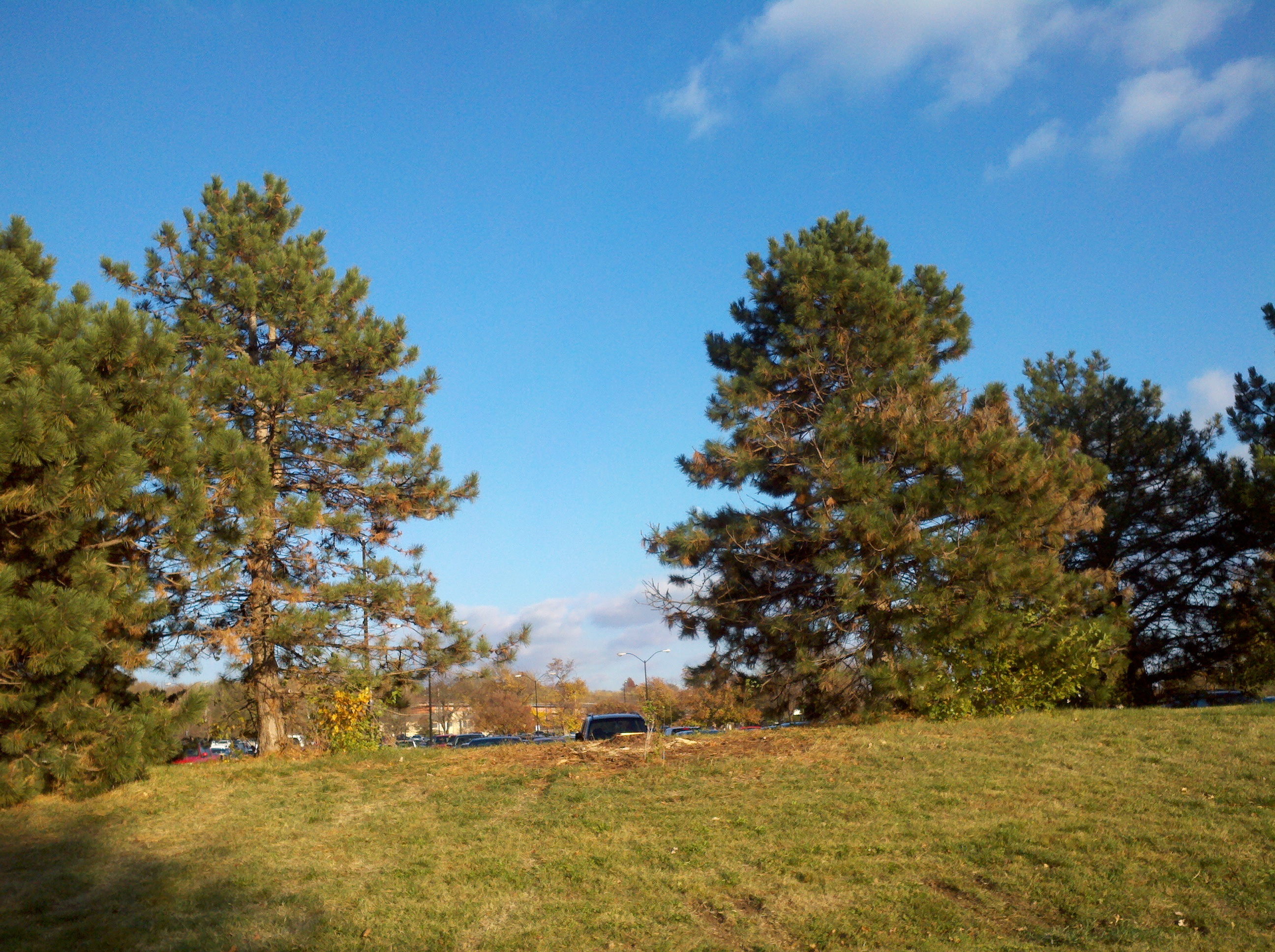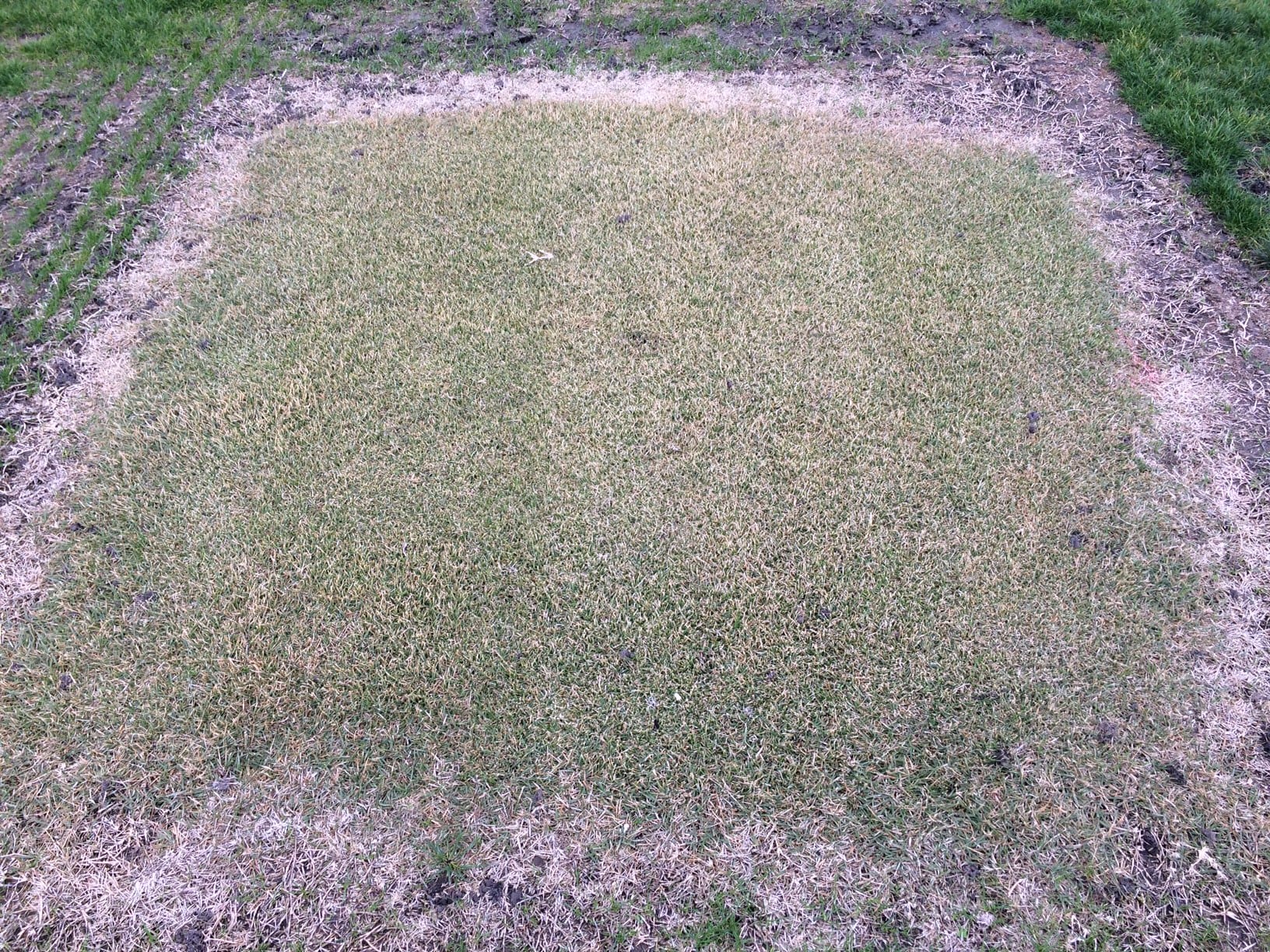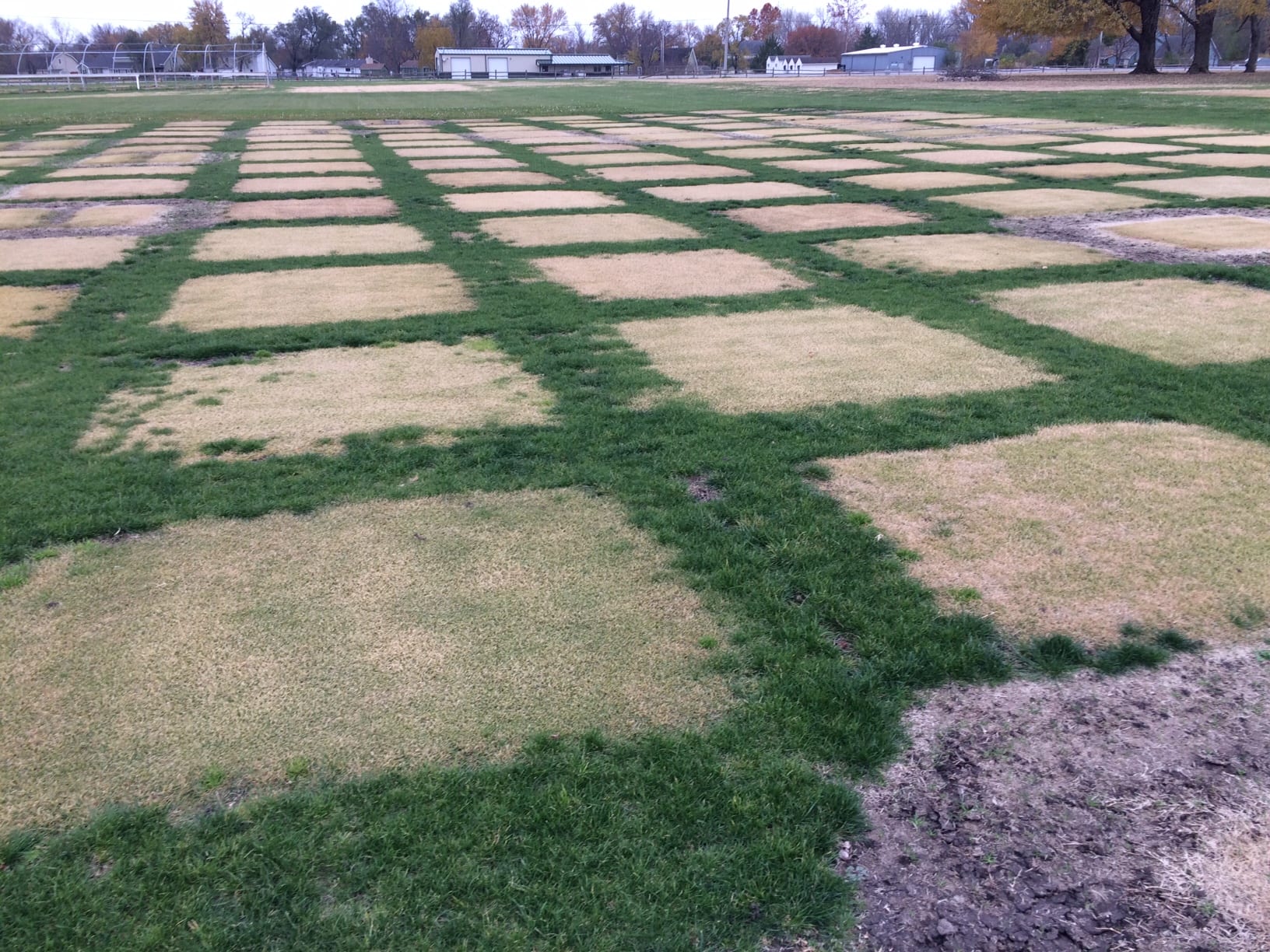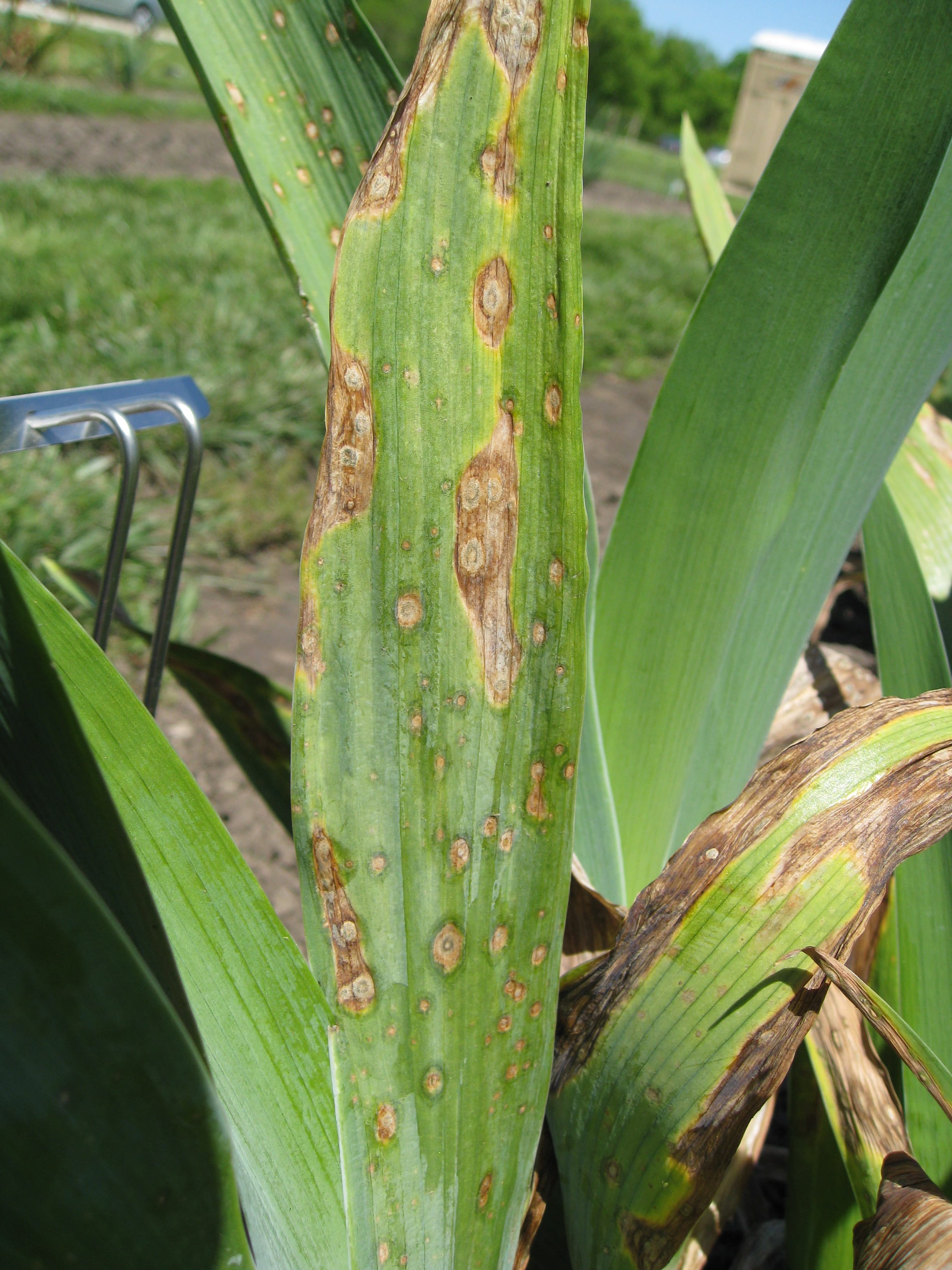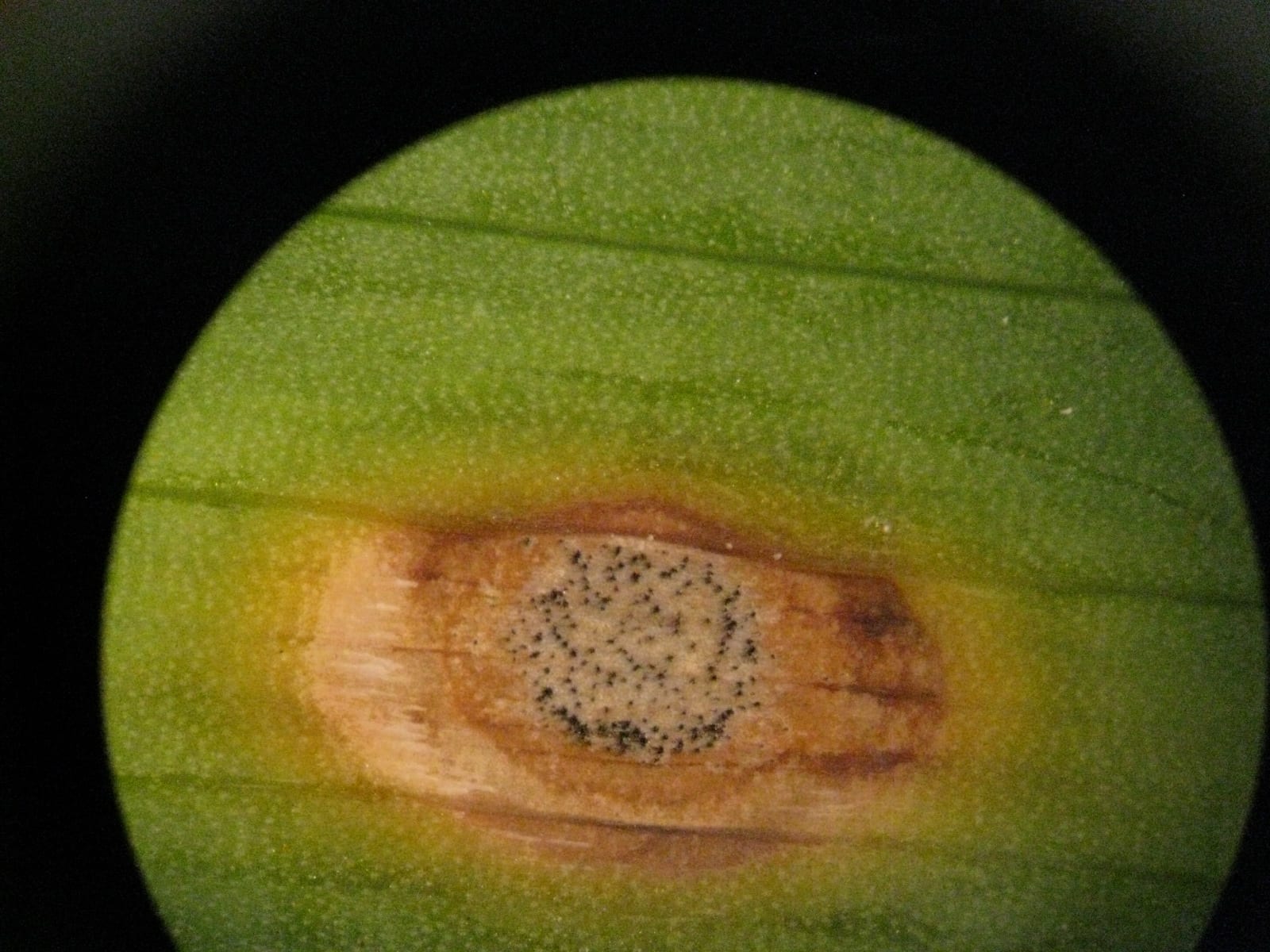Megan Kennelly, KSU Plant Pathology
The Kansas Department of Agriculture confirmed the presence of Sudden Oak Death (SOD) in Kansas. The KDA press release from today can be found here:
SOD is a plant disease that has killed large tracts of oaks and other native species in California and Oregon. It also occurs on nursery plants including rhododendron, azalea, camellia, viburnum, lilac, and periwinkle. Infected rhododendrons have been identified in 10 states in the Midwest, including Kansas. The infected plants that have been found in the Midwest have all been traced back to a common source.
This is a serious situation, and we ask that if you have purchased, planted, or maintained rhododendrons or other known host plants this spring please read the information on the provided links and documents below and take action as needed.
Many details and photos are provided on the KDA website:
https://www.agriculture.ks.gov/SOD
We have provided some additional details in a pdf that you can access by clicking the link below:
KDA, K-State, and the Kansas Forest Service are all working collaboratively to address this situation.
K-State’s press release from today is here:
https://www.ksre.k-state.edu/news/stories/2019/06/Sudden-Oak-Death-Reported-in-Kansas.html
If you have questions, you can email me at kennelly@ksu.edu (or call 785-532-1387) or Cheryl Boyer (KSU nursery crops specialist) at crboyer@ksu.edu (785-532-3504).


